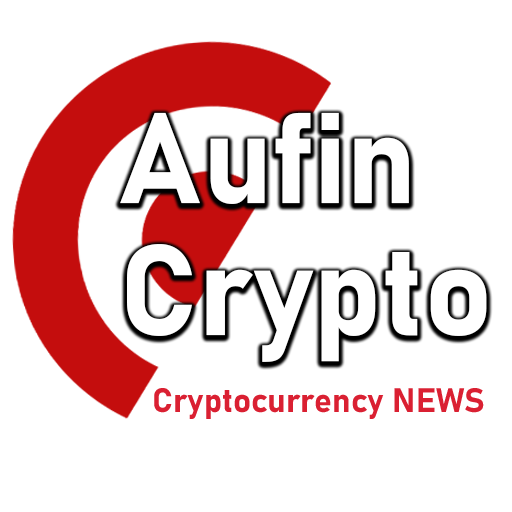A very important issue for the future of cryptocurrencies
There is little doubt that blockchain is here to stay, but there is still a big hurdle to overcome: ease of use. Huge advances have been made in the last five years: I still remember that in 2017, even the most basic operations took hours to complete. An unusable computer that was clogged for hours and for the entire semester.
Today everything can be done in a matter of minutes, the problem is that new challenges have also arisen in the meantime. While only a handful of blockchains were in use in 2017, there are hundreds of blockchains today, each with their own applications, opportunities, and features. While significant progress, the proliferation of blockchains has brought new usability challenges. There are so many options, many of them innovative, but it would be naive to believe that users have the time and patience to manage different portfolios and procedures each time.
Their slogan of instant and fast clashes with a technology that is still fragmented and often slow.
The mass adoption of cryptocurrencies does not depend on the price of Bitcoin: it could even reach a million dollars tomorrow, but blockchain will still remain a niche technology. What makes the difference is the user experience and especially the interoperability, which allows you to interact with any blockchain with a single click and through a single application. It’s a bit like what happens in the digital world today: we don’t ask ourselves too many questions about which network operator is behind what we use, all we care about is its results and quality.
The same should be true for blockchain. Ramani Ramachandran, founder of Router Protocol, with whom I recently had the opportunity to discuss the subject, says:
“Blockchains need to be interconnected, allowing information to flow between one and the other without the user even realizing it.”
We have not reached this level yet, maybe not even close, but moves in this direction are strong in terms of both investments and technological growth.
The most famous solution is undoubtedly the LayerZero inter-blockchain communication protocol, but it is not the only solution. The Router Protocol, for example, is a very similar solution: it uses its own blockchain, a set of nodes to guarantee security, and a modular structure to ensure that any application can be used through multiple access points.
But there is more; communication protocols as well as the so-called Omnichain smart contract platformOffering the ability to develop applications on a blockchain, which inherently makes them compatible and usable on third-party blockchains. An example of this approach is ZetaChain, a young blockchain.
What is important to understand is that this is a very important issue for the future of cryptocurrencies and blockchain. We are talking about an issue that will polarize attention in the next bull run and enable new players to emerge. If LayerZero is the only platform known to the general public today, thanks to the promised generous airdrop, we will see the emergence of new solutions in the near future that will join the aforementioned Router Protocol, ZetaChain and others already active such as Axelar. Celer Network, Li.Fi, DeBridge and many other teams that have taken on this challenge: because this is where the future lies.
Although it is difficult to say which of these solutions will dominate today, what is certain is that this is an ever-evolving issue in which we need to be aware not only of its undoubted advantages, but also of its risks. This is a technology that is still in the experimental stage and has been applied to another equally experimental technology.
Alberto Cuculachi is an entrepreneur, popularizer and university professor in Marketing and Business Development. He has been following the blockchain world since 2013 and founded the YouTube channel DeFi Talks in 2021. Last year, it reached more than half a million people in over 100 different countries through its channels. He is currently involved in creating educational content and useful tools to make the world of crypto and DeFi accessible to everyone.

